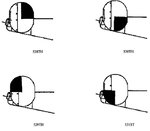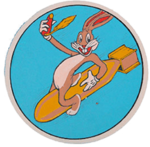T Bolt
Colonel
Taking Andy's idea further Bill, how about doing it in the process of the paint removal. Maybe the front of the fuselage bare metal and the rear OD with the line between looking ragged. It would look interesting. Somewhere at home I have a picture of a P-40 or P-36 being stripped of the OD paint by a maintaince crew. I can look for it if it would be helpful.








